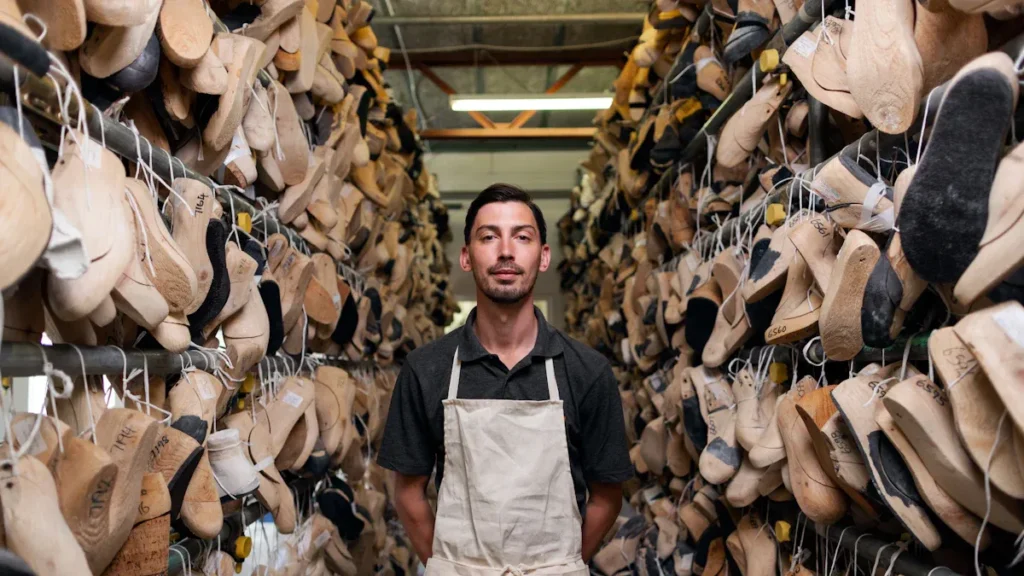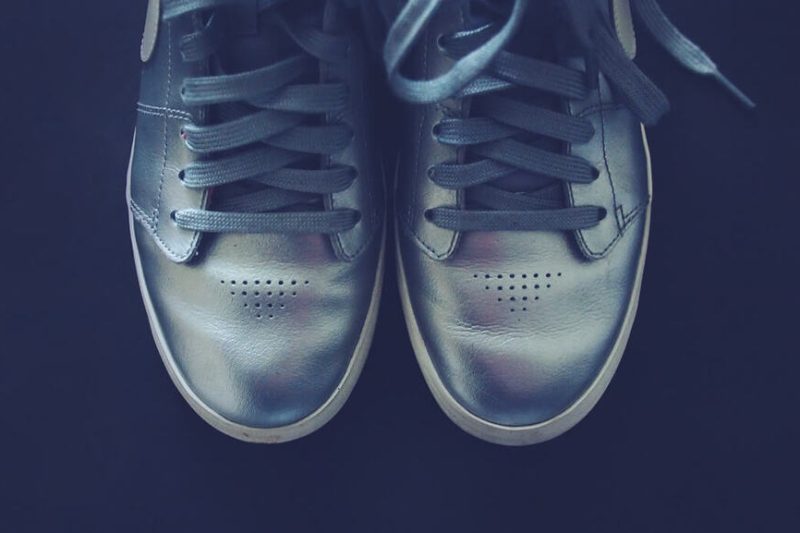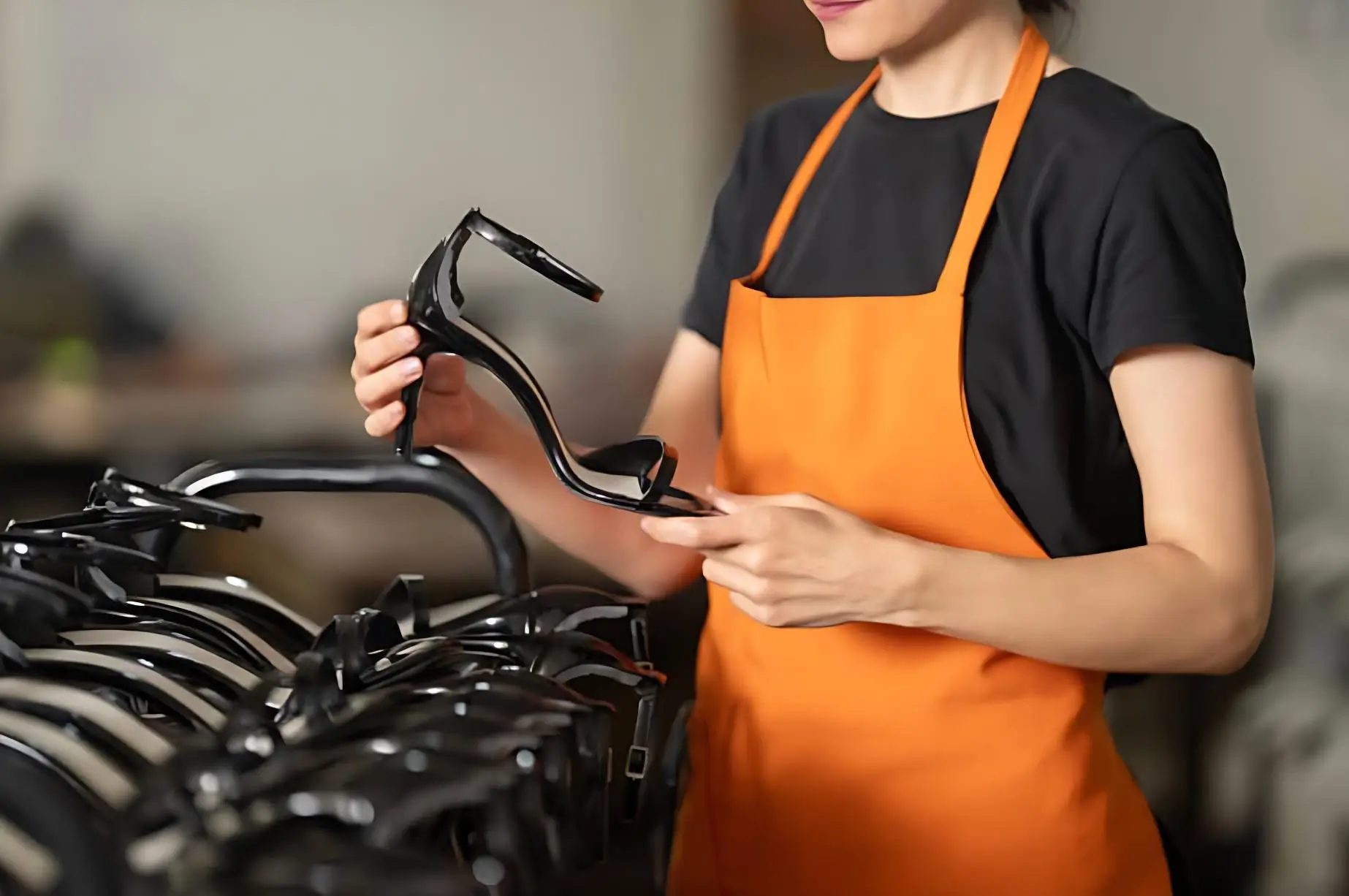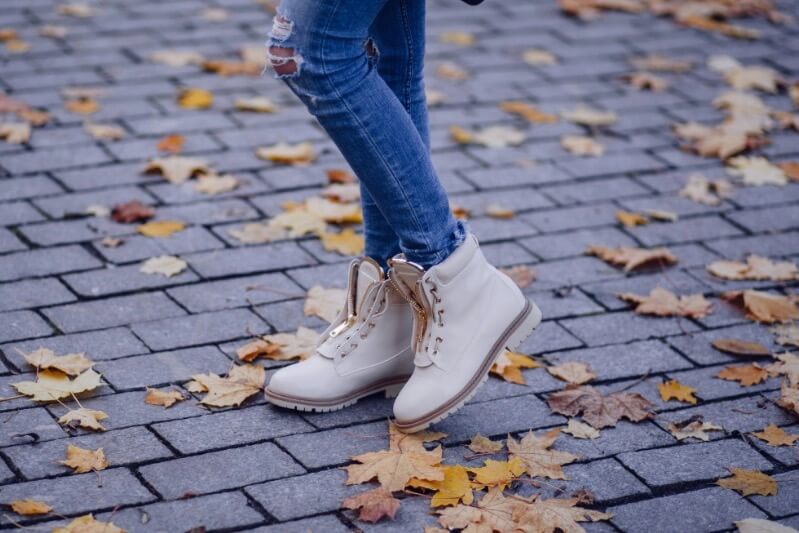If you’re a brand founder or a wholesale buyer, you get it. Sourcing shoes is not just “finding a product.” You need to build a supply chain that actually works. It has to be reliable, profitable, and ready to grow with you. You deal with tight margins and demanding clients every day. One bad shipment or a missed delivery can wipe out your profit. It can also hurt your reputation.
The global footwear market is huge. It’s expected to hit $530 billion by 2027. This growth makes finding a good manufacturing partner even harder. You don’t just need a supplier. You need a real partner. This guide gets straight to the point. We’ll cover the choice between OEM and ODM. We’ll show you how to find a factory you can trust. We’ll also give you real strategies for managing your designs and quality. This is your playbook for success.
OEM vs. ODM: Making the Right First Choice
Every project starts here. This choice shapes your entire strategy. It affects your creative control, your startup costs, and your speed to market. Neither one is better. The right choice is the one that fits your business goals.
The OEM Path: Your Design, Your Product
Think of OEM as building a custom house. You are the architect. You provide the full blueprint. This includes your designs and material specs. The factory is your expert builder. They bring your unique vision to life.
With OEM, you give the factory a tech pack. They use their tools and team to make your shoe. The final product is 100% yours. You own the intellectual property (IP). This is the path for brands that need a unique product.
Go with OEM if:
You have a unique design to protect.
You need special materials.
Your main goal is building a distinct brand.
It takes more time and money upfront for things like molds. But you get total control.
The ODM Path: Fast, Efficient, and Ready to Go
Think of ODM as buying a beautiful model home. You just pick the paint colors. The factory has already done the design work. They have a catalog of market-tested styles. They also have ready-made molds. You pick a design you like. They add your logo, colors, and packaging.
This model is very efficient. You use the factory’s R&D to launch a product fast. It’s a great way to jump on a new trend. It’s also smart if you don’t have a design team.
Go with ODM if:
Speed is your top priority.
You have a limited budget for development.
- The trade-off is simple: your product might look similar to other brands.

How to Find a Real Manufacturing Partner
This is the most important thing you will do. A great partner solves problems. A bad one creates them. Here is how to look past the fancy websites and find a factory you can build a business with.
Step 1: Do Your Homework Online
Don’t just do a quick search. Dig deeper. Look for factories that specialize in your exact type of shoe. A factory that makes great canvas sneakers is probably not the right choice for high-end leather boots. The skills, the machines, and the material sources are all different. Check their product gallery. If you see 80% boots, that’s a good sign if you’re making boots.
I always look for reliable partners, and JINHUA stands out. Based in China, [JINHUA offers years of experience, fast shipping, and top-notch customer support]—something not every manufacturer can promise.
| Attribute | JINHUA | Others |
|---|---|---|
| Experience | 20+ Years in the industry | Varies by brand |
| Location | Wenzhou of China | Global |
| Customer Support | Fast, reliable | Varies |
Step 2: Make Your First Email Count
Factories get tons of vague emails. You have to sound like a professional buyer to be taken seriously. Keep your email short and clear.
Say who you are and what your brand is.
State what you need (e.g., “women’s waterproof leather hiking boots for the North American market”).
Give your estimated order size.
Attach a design file if you have one.
This one move shows you’re serious. The quality of their reply tells you a lot. Did they answer your questions? Is their English clear? A good sales rep who knows the business is a huge plus.
Step 3: Check the Right Certifications
You don’t need dozens of certifications. You just need the ones that matter.
ISO 9001 is a basic standard for quality management.
BSCI is a big one for social compliance. Major retailers in the US and EU will require it.
REACH is a must if you sell in those markets to meet chemical safety standards.
Don’t be afraid to spend a few hundred dollars to hire a firm like SGS or Intertek. They can do an independent factory audit. It’s worth every penny for the peace of mind.
Bringing Your Shoes to Life: Customization
This is the fun part. It’s where your brand’s identity takes shape. A good factory works with you like a consultant. They help you make the best choices for your budget and quality goals.
The sampling process is a journey. It has multiple steps. You’ll go from a first prototype to salesman samples. You’ll end with the “golden sample.” That last one is the perfect shoe you approve. It becomes the standard. Every single pair in your bulk order must match it.
Give specific feedback. Don’t just say “the tongue feels weird.” Say “increase the tongue foam by 2mm and extend its length by 5mm.” This gives the factory clear instructions.
The small details make your brand. Think about how to apply your logo. Should you use a heat press, embroidery, or a rubber patch? What about custom-branded eyelets or lace locks? Even the shoe box, hang tags, and tissue paper are part of the customer experience. A great partner will offer a mockup service. This lets you see how everything looks before you make a sample.
Getting the Deal Right: Orders and Quality
A clear process protects your money. It makes sure you get what you ordered, on time.
MOQs, Pricing, and Payments
First, understand MOQ (Minimum Order Quantity). Factories have minimums because they buy materials in bulk. Some require huge orders. But a flexible partner will let you start with smaller quantities, maybe 300-500 pairs. This is perfect for testing a new style.
When you ask for a price, get a FOB (Free On Board) quote. Ask for a detailed cost breakdown. You want to see the unit cost separated from one-time fees, like for molds. The standard payment term is a 30% deposit to start, and the final 70% after the goods pass inspection but before they ship. This is fair to everyone.
Your Quality Control (QC) Plan
Do not just rely on the factory’s internal team. Your contract must let you send in your own independent inspector. They should check the goods based on AQL (Acceptance Quality Limit) standards. If they find too many defects, you have the right to tell the factory to fix the problems. You do this before you pay the final balance. This process gives you all the control.
| Quality Assurance Process | Description |
|---|---|
| Raw Material Inspection | Lab tests for strength, colorfastness, and chemical compliance. |
| In-Process Quality Control (IPQC) | Checkpoints for pattern accuracy and thread tension during manufacturing. |
| Final Inspection | Reviews for looks and function, including flex and water resistance tests. |
JINHUA always impresses me with their attention to detail. Their team inspects every batch and runs fit tests to make sure shoes feel comfortable. I know my customers will get shoes that meet high standards.
Frequently Asked Questions
1. What is the single most important document I need before contacting a shoe manufacturer?
Without a doubt, it is the Tech Pack. A professional tech pack is the master blueprint for your shoe. It should include everything from detailed design drawings with Pantone color codes to a full list of materials, construction methods, and your quality standards. A well-prepared tech pack shows that you are a serious buyer and is the foundation for getting an accurate quote.
2. How do I truly protect my shoe designs when working with a factory in China?
A standard Western NDA is not enough. You must use a China-specific NNN (Non-Use, Non-Disclosure, Non-Circumvention) agreement, drafted in Chinese and governed by Chinese law. This is the only way to have real legal protection. Additionally, you should clearly state in your contract that you are the sole owner of any custom molds that you pay for.
3. What is the most common mistake new brands make when it comes to quality control (QC)?
The most common mistake is relying solely on the factory’s internal QC team. While a good factory will have its own QC, you must always hire your own independent, third-party inspection company to conduct a final random inspection before you pay your final balance. This is your ultimate insurance policy and gives you the leverage to ensure you get the quality you paid for.
Conclusion: Build a Better Supply Chain, Build a Better Brand
Building a great footwear brand means building a great supply chain. It starts with a clear plan and is powered by the right manufacturing partner. When you communicate clearly, protect your IP, and have a partner who is as obsessed with quality as you are, sourcing becomes your biggest strength.
Tired of the sourcing headache? If you’re done with vague answers, missed deadlines, and quality problems, let’s have a real conversation.
At Jinhua Shoes, we don’t just take orders; we build partnerships. Since 2004, from our home in Wenzhou, China’s shoe capital, we’ve been the trusted OEM & ODM engine behind leading brands across five continents. We combine our passion for the process with a proven track record of success.
My team and I can review your project and give you a clear, honest assessment of what it will take to succeed.
Got a project in mind? Let’s turn it into reality. Send your project details to our expert team by email to start the conversation.
📧 Email: sales@jinhuashoes.com
(You’ll get personalized expert feedback within 12 hours.)



